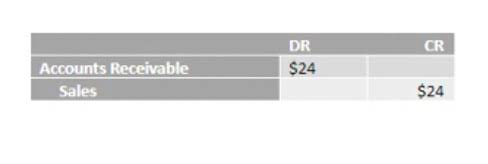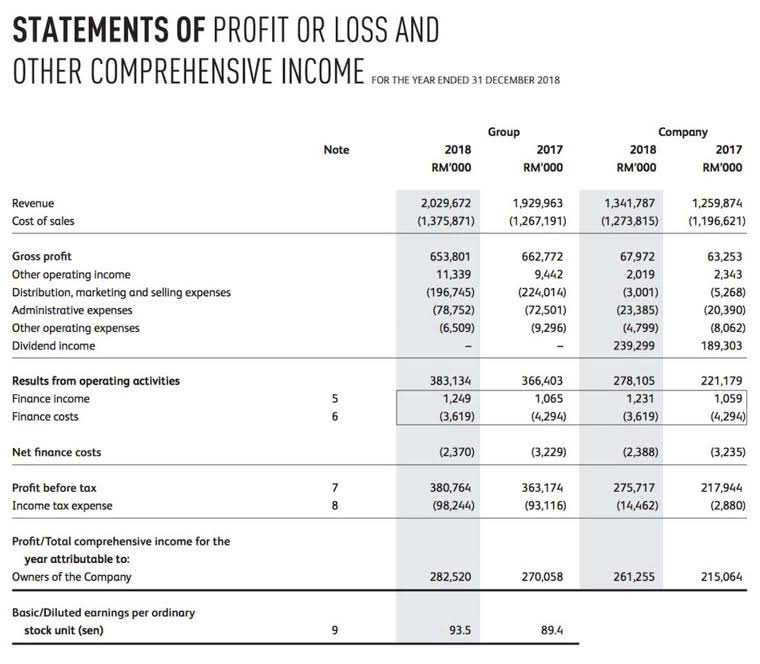
Any variance between the adjustment to the asset and the liability should be recorded in current period gain or loss. However, subsequent to this determination, there may be circumstances that change the initial determination of whether these options would be exercised, and if so, when. The lessee would update the lease liability and right of use asset based of the future cash flows at a point in time.
IFRS 16 Leases vs. IAS 17 Leases: How the lease accounting changed
The total value of the rents will fall short of the fair value of the asset, thus indicating an operating lease. Often, the rents are low because a premium will have been paid up-front which may be equivalent to substantially all of the fair value of the asset. Where rents are very low and no premium has been paid, the lease does not retained earnings balance sheet have a commercial basis and it would appear that the lessor is indifferent to the risks and rewards of ownership.
2 Accounting for a lease modification – lessee
- It is important to note, the purchase option must be reasonably certain to be exercised for this criteria to met.
- Accounting under GAAP is the same as statutory if the insurer has an operating lease accounted for under ASC 840.
- This process ensures that financial statements accurately reflect the company’s obligations and assets post-termination.
- From a tenant’s point of view, terminating a lease early without legal justification can lead to lawsuits and financial penalties.
- This content is for general information purposes only, and should not be used as a substitute for consultation with professional advisors.
- Nakisa’s software adjusts the depreciation method for the ROU asset to a straight-line method once impairment is triggered (indicated by the green row) for ASC 842 operating leases.
The platform’s multi-dimensional reporting is fully customizable across lease types, locations, and variables, enabling scenario analysis and forecasting to evaluate the financial impact of different lease strategies. Further, while ASC 842 does not have an exclusion for low-value assets, some companies have established a capitalization threshold. Similar to a capitalization threshold for fixed assets, the company has determined that leases below this value are not material to the company and therefore, are not recognized on the balance sheet. Lease termination accounting is a critical aspect of lease management, requiring careful consideration and expert guidance to ensure smooth transitions and accurate financial reporting.
The biggest change: lessee’s accounting for leases

In this blog post, we will discuss the impact of ASC 842 on lease termination decisions and provide some practical tips for companies to manage this transition. The approaches discussed below are applicable for accounting for a full lease termination under ASC 842, IFRS 16, and GASB 87. From the perspective of a lessee, the accounting for the early termination of an operating lease is consistent with that of a finance lease. That’s because, unlike other modifications where there is no income statement impact, with partial lease termination, there is. Any difference between the right Bookkeeping for Chiropractors of use asset and lease liability value should be recorded in the income statement as a gain or loss.

Accounting for Lease Termination Costs
Nakisa’s lease accounting software is designed to tackle the most complex use cases in the oil and gas industry, ensuring compliance with IFRS 16, ASC 842, and local GAAP, while maintaining accuracy across diverse scenarios. It addresses challenges such as managing marine vessel leases, drill ships, drill rigs, fleet leases, and retail station leases, as well as the unique needs of joint operating agreements (JOA) and handling impairment and abandoned assets. In the following use cases, we’ll discuss these challenges in detail and highlight the solutions Nakisa provides to address them.

The Sec. 263(a) regulations that require capitalization of various intangibles contain a general cross-reference to Regs. Sec. 1.167(a)-3 accounting treatment for early termination of operating lease for “rules relating to amortization of certain intangibles” (Regs. Sec. 1.263(a)-4(m)). The regulations under Sec. 167 provide that an intangible asset may be depreciated if it is known to be of use in the business or production of income for a limited period and that period can be estimated with reasonable accuracy. When the intangible asset does not have a useful life that may be estimated with reasonable accuracy, the regulations provide for a safe-harbor amortization period of 15 years, with certain exceptions. Putting these pieces together, the practitioner can conclude that, while amortization is available for certain capitalized intangibles, a determination of the appropriate recovery period must be made based on all the facts and circumstances.
Accounting for rent abatement and rent-free periods under ASC 840 and ASC 842 example
Properly handling lease terminations can prevent financial discrepancies and compliance issues. This article explores the complexities of lease termination accounting and provides insights into navigating this process with confidence. Companies should review their lease agreements to determine the impact of the new standard on lease termination decisions. This review should include an analysis of lease buyout options, termination clauses, and renewal options. Are there any notice periods in which lease terminations with the proper written notice are feasible without any legal disputes. As with ASC 840, rent abatements and rent-free periods impact the total cost used to calculate the straight-line expense.
